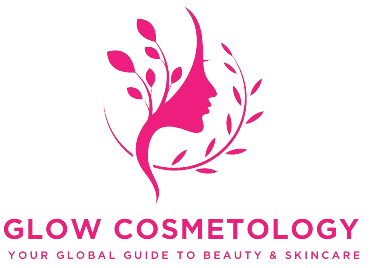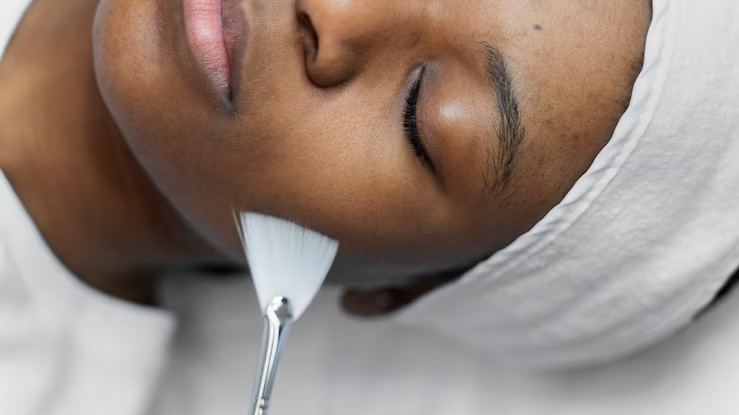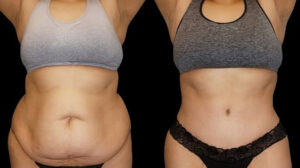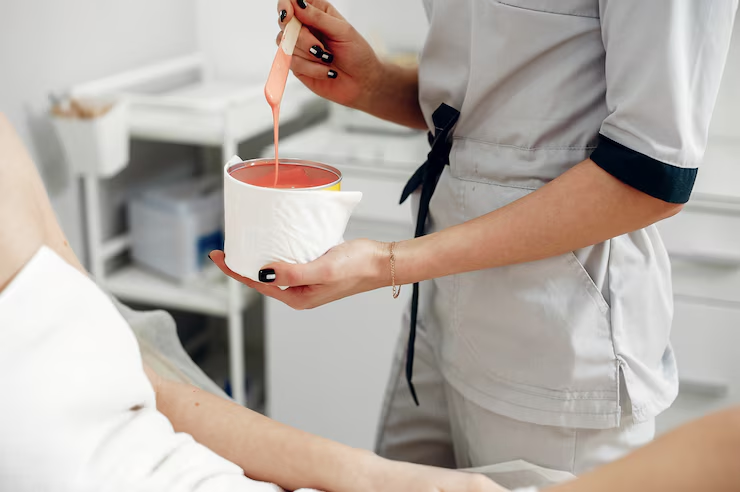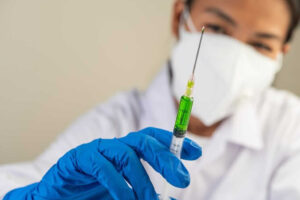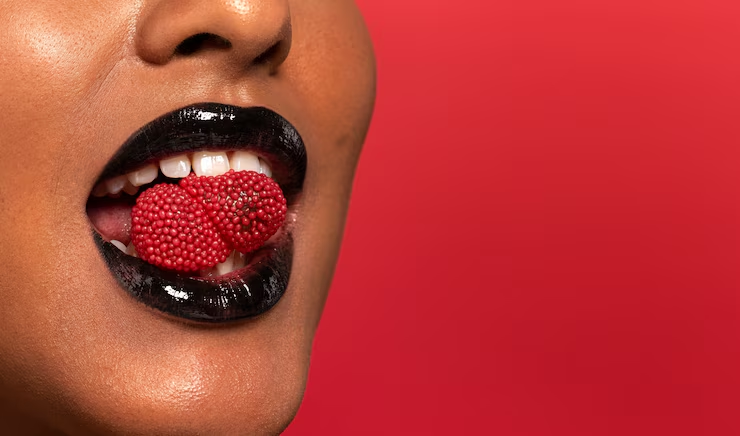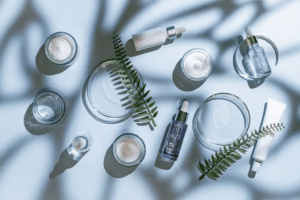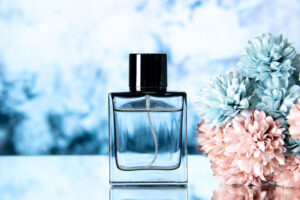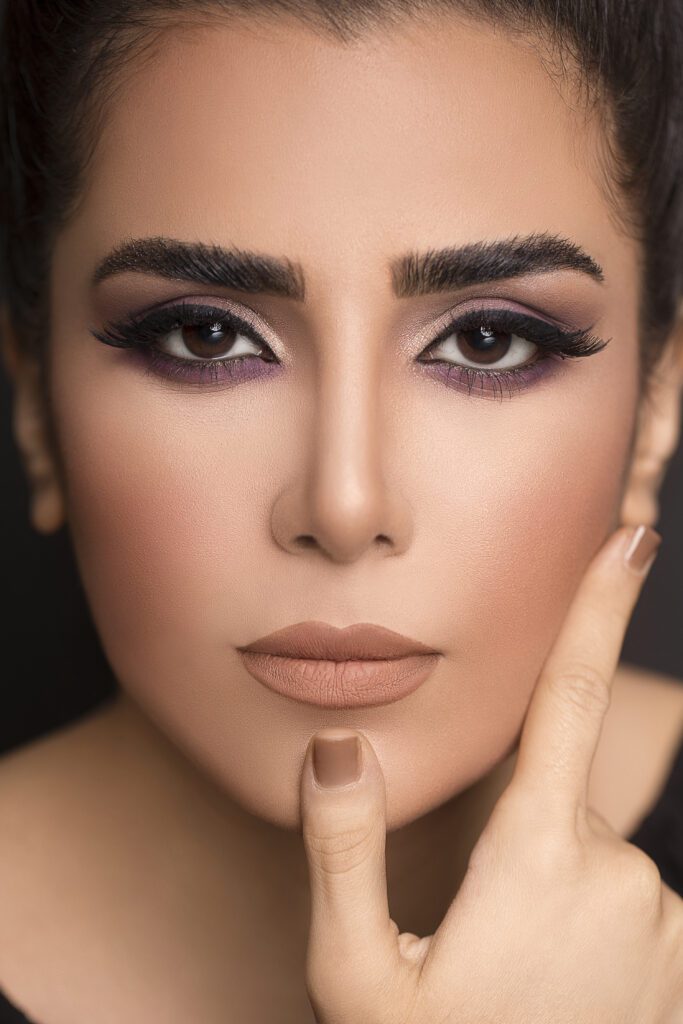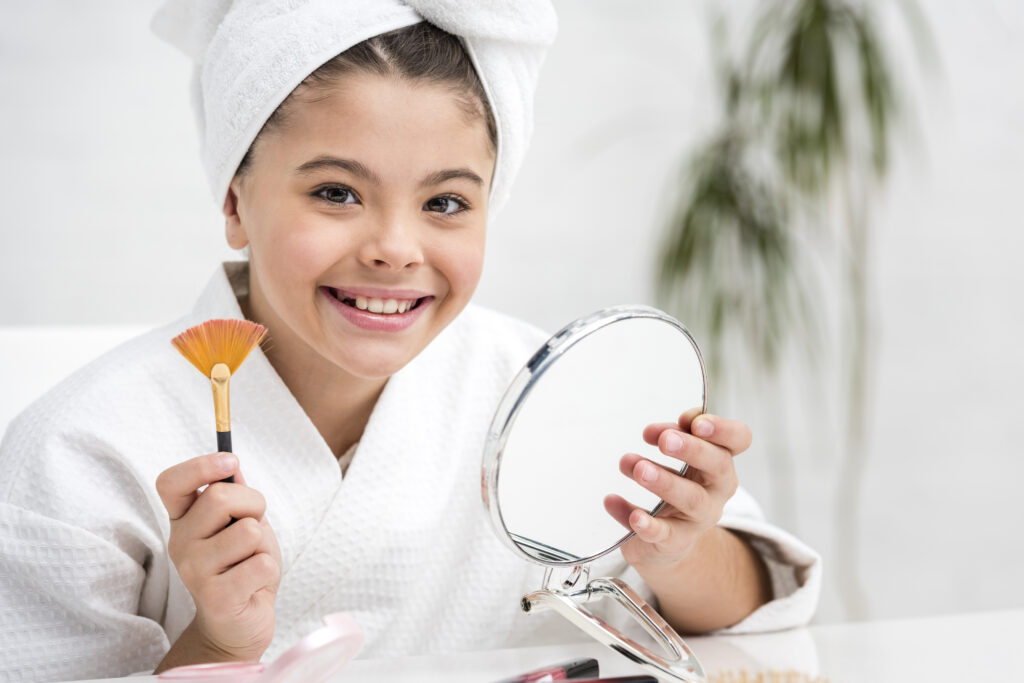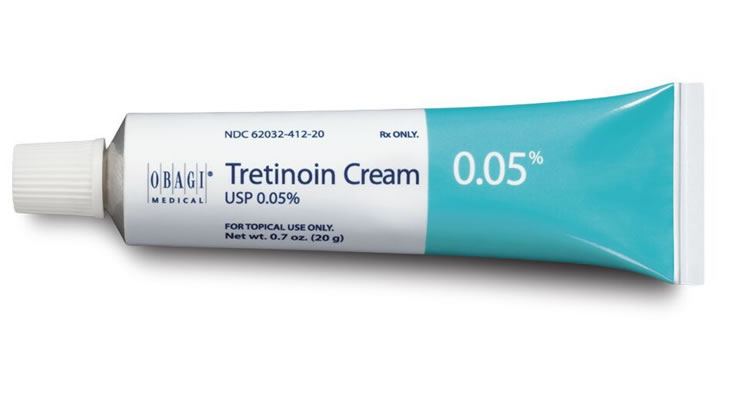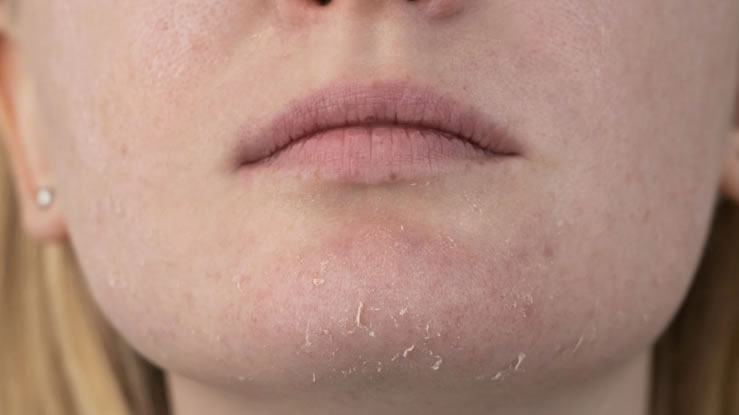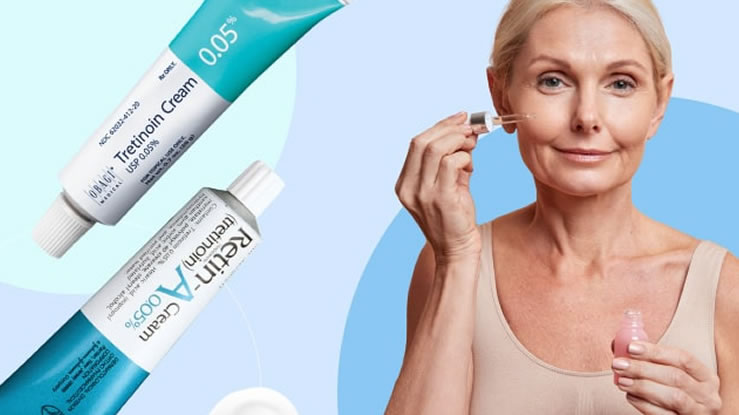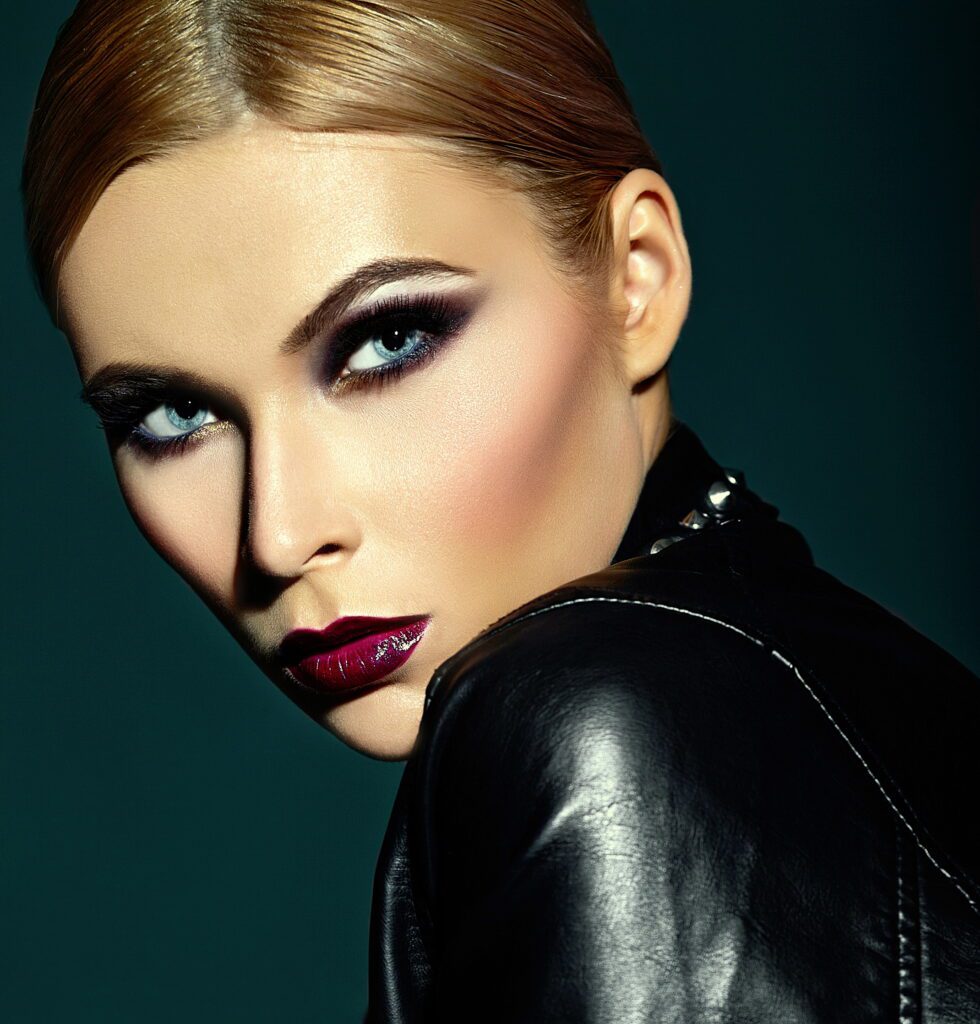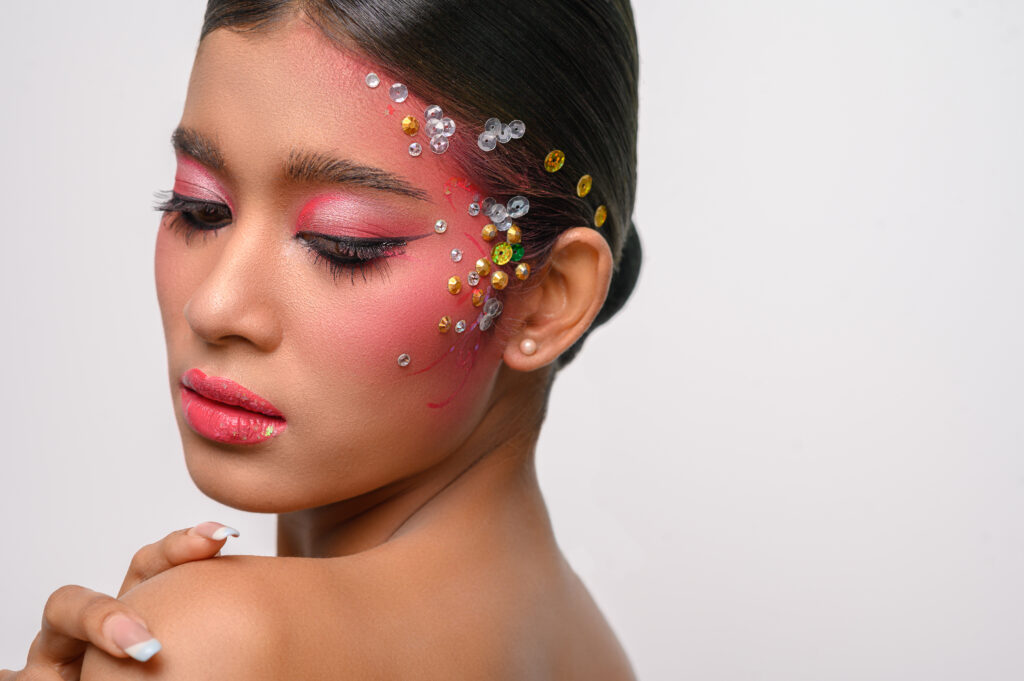Acne can be a frustrating and persistent skin condition. While it is often associated with oily skin, people with dry skin can also struggle with acne. This creates a unique challenge because many acne treatments are designed for oily skin, and they can further irritate or dry out already dry skin. In this guide we will explore the best acne treatment when you have dry skin. We’ll cover everything from understanding the causes of acne on dry skin to selecting the best products, creating a skincare routine, and adopting lifestyle habits that promote healthy skin.
Understanding Acne on Dry Skin
Before diving into treatments, it’s important to understand how acne develops on dry skin. Here are the main contributing factors:
- Clogged Pores from Dead Skin Cells
Dry skin tends to shed more dead skin cells. If these cells aren’t properly exfoliated, they can accumulate on the skin’s surface, clogging pores and leading to acne. - Compensatory Oil Production
In response to dryness, your skin may produce more sebum (oil) to compensate. This excess oil can mix with dead skin cells and bacteria, contributing to breakouts. - Weakened Skin Barrier
Dry skin often has a compromised skin barrier, making it more susceptible to irritation and inflammation—two factors that can worsen acne. - Reaction to Harsh Products
Many acne-fighting products contain strong active ingredients like salicylic acid or benzoyl peroxide, which can strip the skin of natural oils, causing further dryness and irritation.
How to Treat Acne When You Have Dry Skin
1. Start with a Gentle Cleanser
Cleansing is the foundation of any skincare routine. For dry skin, it’s crucial to use a cleanser that removes impurities without stripping the skin of essential moisture.
What to Look For in a Cleanser:
- Hydrating ingredients like ceramides, glycerin, or hyaluronic acid.
- A pH-balanced formula to maintain the skin’s natural barrier.
- Fragrance-free and free from harsh sulfates.
Recommended Cleansers:
- CeraVe Hydrating Facial Cleanser: Contains ceramides and hyaluronic acid to clean while moisturizing.
- La Roche-Posay Toleriane Hydrating Gentle Cleanser: Ideal for sensitive and dry skin.
2. Hydrate, Hydrate, Hydrate
Dry skin requires constant hydration to stay healthy and prevent irritation. Using a good moisturizer is essential, even when treating acne.
Hydrating Ingredients to Look For:
- Hyaluronic Acid: Binds water to the skin, keeping it hydrated.
- Ceramides: Strengthen the skin barrier.
- Aloe Vera: Soothes irritation and provides hydration.
- Squalane: A lightweight oil that moisturizes without clogging pores.
Recommended Moisturizers:
- Neutrogena Hydro Boost Gel-Cream: Lightweight and non-comedogenic, perfect for acne-prone dry skin.
- First Aid Beauty Ultra Repair Cream: A thicker option for very dry skin with a damaged barrier.
3. Use Acne Treatments Sparingly
Acne treatments can be effective but harsh on dry skin. Focus on spot treatments and gentle active ingredients.
Effective Acne Ingredients for Dry Skin:
- Niacinamide: Reduces inflammation and soothes the skin.
- Salicylic Acid: A beta-hydroxy acid (BHA) that unclogs pores but should be used sparingly.
- Azelaic Acid: Reduces redness and fights acne-causing bacteria.
- Benzoyl Peroxide: Opt for low concentrations (2.5% or less) to minimize dryness.
Best Practices:
- Apply treatments only to the affected areas.
- Alternate days of use to avoid over-drying your skin.
- Always follow up with a moisturizer.
Recommended Products:
- The Ordinary Niacinamide 10% + Zinc 1%: A budget-friendly option to reduce redness and control sebum.
- Paula’s Choice 2% BHA Liquid Exfoliant: A gentle salicylic acid formula for clogged pores.
4. Exfoliate Gently
Exfoliation is necessary to remove dead skin cells that clog pores, but overdoing it can damage dry skin.
Best Practices for Exfoliating Dry Skin:
- Use chemical exfoliants like alpha-hydroxy acids (AHAs) instead of physical scrubs.
- Limit exfoliation to once or twice a week.
- Look for products with lactic acid, which is both exfoliating and hydrating.
Recommended Exfoliants:
- The Ordinary Lactic Acid 5% + HA: Gently exfoliates while hydrating.
- REN Ready Steady Glow Daily AHA Tonic: A mild, effective option for sensitive skin.
5. Never Skip Sunscreen
Sunscreen is a crucial step in any acne treatment routine. Many acne treatments make the skin more sensitive to UV rays, and sun exposure can exacerbate dryness and worsen acne scars.
What to Look For in a Sunscreen:
- SPF 30 or higher.
- Non-comedogenic and lightweight.
- Hydrating formulas with ingredients like hyaluronic acid.
Recommended Sunscreens:
- EltaMD UV Clear Broad-Spectrum SPF 46: Great for acne-prone skin.
- Aveeno Positively Radiant Daily Moisturizer SPF 30: Combines sun protection with hydration.
Lifestyle Changes for Acne Treatment
1. Stay Hydrated
Drinking enough water helps maintain skin hydration from within. Aim for at least 8 glasses of water daily.
2. Use a Humidifier
Adding moisture to the air can prevent your skin from becoming excessively dry, especially during winter.
3. Avoid Harsh Soaps and Detergents
Switch to gentle, fragrance-free laundry detergents and avoid using bar soaps on your face.
4. Manage Stress
Stress can trigger hormonal changes that lead to breakouts. Practice relaxation techniques like meditation or yoga.
5. Sleep on Clean Pillowcases
Change your pillowcases frequently to avoid transferring oil and bacteria to your skin.
Common Mistakes in Acne Treatment for Dry Skin
- Overwashing Your Face: Washing more than twice a day can strip your skin of essential moisture.
- Skipping Moisturizer: Even oily and acne-prone skin needs hydration.
- Using Too Many Active Ingredients: Layering multiple treatments can irritate dry skin.
- Ignoring Sunscreen: Sun exposure worsens dryness and acne scars.
- Using Hot Water: Wash your face with lukewarm water instead of hot water, which can dry out your skin further.
Advanced Treatments for Severe Acne
If over-the-counter solutions aren’t effective, consider professional treatments:
- Prescription Retinoids: Help unclog pores and improve cell turnover.
- Chemical Peels: Target acne and exfoliate the skin gently.
- LED Light Therapy: Reduces inflammation and acne-causing bacteria.
- Cortisone Injections: Quickly reduce large, painful cysts.
Sample Skincare Routine for Acne and Dry Skin
Morning Routine:
- Cleanse with a gentle hydrating cleanser.
- Apply a lightweight moisturizer.
- Use sunscreen with SPF 30 or higher.
Evening Routine:
- Remove makeup and cleanse.
- Apply a gentle exfoliant (1-2 times a week).
- Spot-treat acne.
- Moisturize with a richer cream to repair your skin barrier.
Best Products for Acne Treatment for Dry Skin
Here’s a roundup of some of the best products specifically tailored for acne-prone dry skin:
- Cleansers:
- First Aid Beauty Pure Skin Face Cleanser
- Simple Water Boost Micellar Gel Wash
- Moisturizers:
- La Roche-Posay Toleriane Double Repair Face Moisturizer
- The Ordinary Natural Moisturizing Factors + HA
- Treatments:
- Mario Badescu Drying Lotion
- Differin Gel (Adapalene)
Read Also>>>Can heat and sweat cause acne
